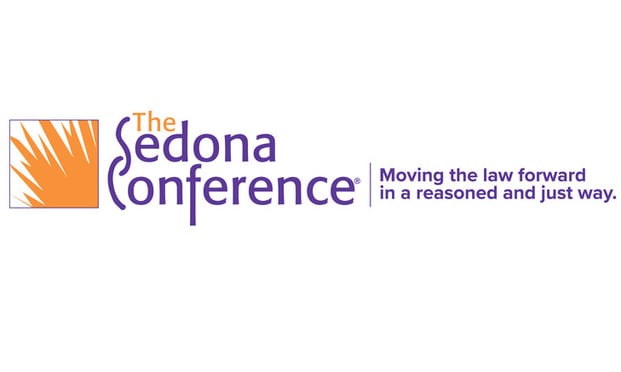Outside of guiding rules of evidence and procedure, the Sedona Principles are perhaps the most often-cited guidelines for handling electronic discovery today. Not only were they used heavily in prominent e-discovery rulings (Principle 6 in 2015’s landmark Rio Tinto PLC v. Vale S.A. decision, for example), but often, opposing parties look to them when finding consensus during the discovery and meet-and-confer process.
But there’s one issue: the Principles had not seen a full-scale rewrite since 2007, when the second edition was released, during the same month as the original iPhone. Since that time, electronic data sources have exponentially increased and e-discovery itself has morphed into a $10 billion business.



